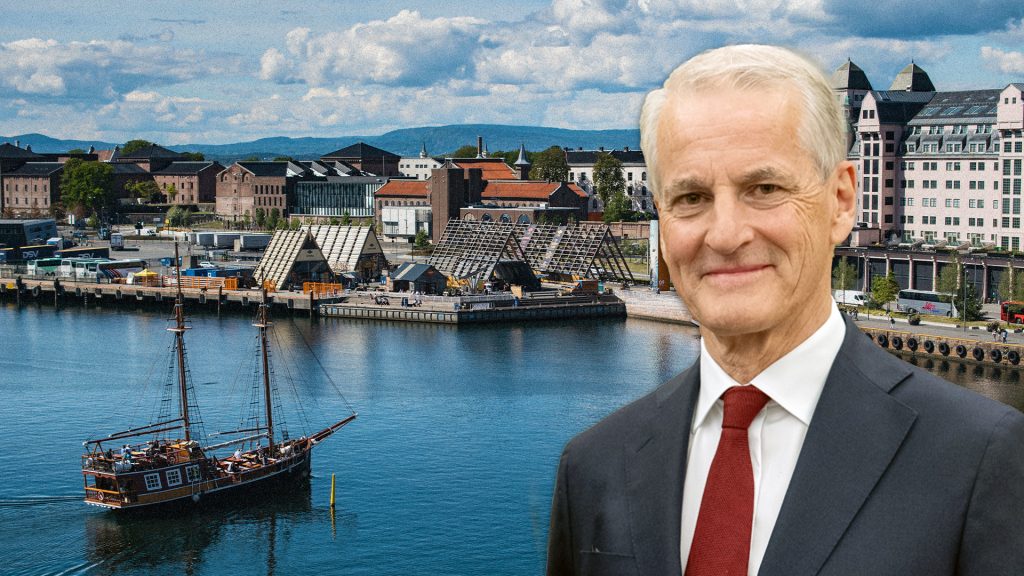In Norway’s parliamentary elections in September 2025, the social-democratic Labour Party emerged as the winner — partly because it campaigned to preserve the country’s wealth tax. The Scandinavian state demonstrates how a tax on the richest can function effectively.
Norway has had a wealth tax for over 130 years
The formuesskatt (wealth tax) has existed in Norway since the late 19th century. At that time, the Norwegian state was growing, and revenues from customs duties and consumption taxes were no longer sufficient to finance public administration, infrastructure, and other state responsibilities. In 1892, Norway therefore introduced not only an income tax but also a national wealth tax, which had already existed at the municipal level.
Since then, wealth taxes have remained a permanent part of Norway’s fiscal system. Although the tax has been adjusted many times, the core principle has stayed the same: those with greater wealth should contribute more to financing the state.
A simple tax return: how the wealth tax works
Everyone with a net worth exceeding 1.76 million Norwegian kroner (about €150,000) pays the wealth tax. For couples, the exemption is doubled. Wealth up to that amount is tax-free. The total tax rate is around 1.1% — roughly half (0.525%) goes to local municipalities and the other half (0.475%, or 0.575% for very large fortunes) goes to the state.
Assets subject to the tax include real estate, stocks, and business ownership. The valuation is based on market value, though significant discounts apply: -75% for a primary residence (unless it’s extremely valuable), -30% for business assets, and -20% for shares. Debts are deducted in full.
The process works similarly to the Austrian tax declaration. Norwegians report their major assets in their annual electronic tax return, which is cross-checked online with data from banks and property registers. Many values — such as bank accounts and securities — are pre-filled by banks, insurers, or employers. For very large fortunes or suspicious discrepancies, authorities may request detailed documentation (such as appraisals or contracts). Deliberately providing false information to avoid taxes can result in fines or even criminal prosecution.
Billions for state and municipalities: funding health, education, and infrastructure
In 2023, about 655,000 people — the richest 12% of the population — paid wealth tax. The average payment was 44,000 kroner (€3,800), though most of the total came from the very richest. Norway’s wealthiest man, Gustav Magnar Witzøe, with assets of 30 billion kroner, paid 330 million kroner in wealth tax in 2023. Altogether, the tax generated around 32 billion kroner (€2.7 billion) for the public budget.
These revenues go directly into Norway’s general state budget, helping fund public healthcare, education, infrastructure, and local services. A significant portion flows directly to municipalities, providing them with stable income sources. Overall, the wealth tax accounts for just over 1% of total tax revenues in oil-rich Norway.
A higher wealth tax created more jobs
In 2023, the Labour Party (Arbeiderpartiet) increased the wealth tax by 0.05% and reduced some valuation discounts. The party argued that the richest should contribute more to society and that the measure reduces inequality.
“The Labour Party has made the wealth tax more precise and fair by ensuring that the richest Norwegians pay more, while around 85% of the population pays no wealth tax at all,” the party explains on its website.
Critics — mainly billionaires and the conservative Høyre party — warned that rich Norwegians would move abroad. Indeed, some did relocate, often to Switzerland. But a Harvard University study found that the additional revenue from the higher tax far exceeded the losses caused by emigration or tax avoidance. Overall, the reform resulted in a net gain for the state.
Another study even suggested that a higher wealth tax can lead to more employment. Commissioned in 2020 by Norway’s then-conservative government, the report found that the tax made it more profitable for business owners to reinvest in their companies rather than withdraw large dividends or salaries.
“The most important finding of this analysis is that an increased wealth tax for majority owners of small and medium-sized private firms leads, on average, to higher employment in the companies they own,” concludes the report by the Frisch Centre and the Centre for Tax and Behavioral Research at NMBU.
In the 2025 parliamentary elections, Norwegians voted to keep the wealth tax
The question of whether to maintain or abolish the wealth tax was a central issue in the 2025 election campaign. The Labour Party, which defended the tax, became the strongest force with 28% of the vote. The right-wing populists came second with almost 24%, while the conservative Høyre party — which had called for abolishing the tax — fell by about six percentage points to 14.7%.
Although other issues such as foreign and security policy, energy policy, and the cost of living also played major roles, tax law expert Andrew Leahey described the election as effectively a “referendum on Norway’s wealth tax.” The Norwegian people made their choice: the tax stays.
“A single state can demonstrate that taxing wealth is both administratively feasible and politically sustainable. The fact that Norway has defended its version against the outrage of billionaires and populist backlash alike should not be underestimated in the global context,” says Leahey.
The rights to the content remain with the original publisher.



